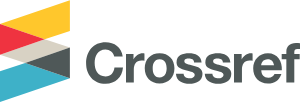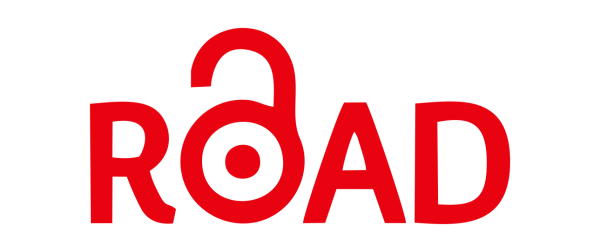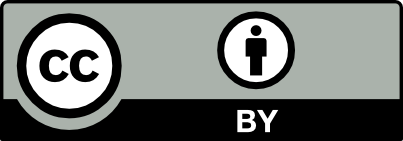Abstract
This study investigates the efficacy of machine learning in forecasting and comparing health insurance premiums. The all-inclusive goal line is to improve the accuracy of premium pricing and minimize the manual labor associated with the traditional methods and present data trends in a logical manner. An open-source dataset of US medical premiums has been utilized and a systematic machine learning model in python programming language has been developed. This model took into account factors like age, bmi, smoking habits, and geographical location. The XGBoost model excels other models with an RMSE value of 0.349 and an adjusted R2 of 90.1% and this is closely tracked down by the authors' Artificial Neural Network model which achieved an accuracy of 93.07%. These numerical research findings accentuate the transformative potential of machine learning in offering precise and accurate pricing that stands to the advantage of both insurer and policyholder.
Recommended Citation
Jan, Lal S; Tashfeen, Farzan; Hussain, Mohid; Alresheedi, Nadi M; Ahmer, Syed Muhammad Hassan; and Albarkati, Nahla M
(2025),
Prediction, Comparison and Visualization of Premium Pricing using Machine Learning methods,
Yanbu Journal of Engineering and Science: Vol. 22:
Iss.
2, 23-33.
DOI: https://doi.org/10.53370/1658-5321.1199
Available at:
https://yjes.researchcommons.org/yjes/vol22/iss2/2












